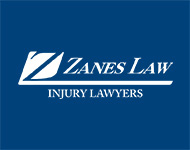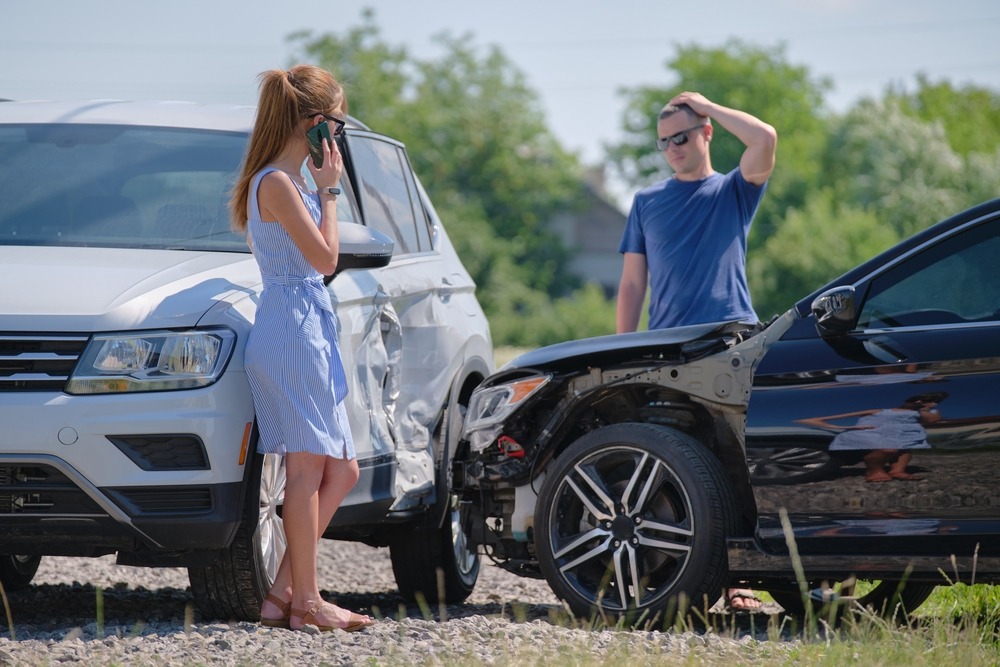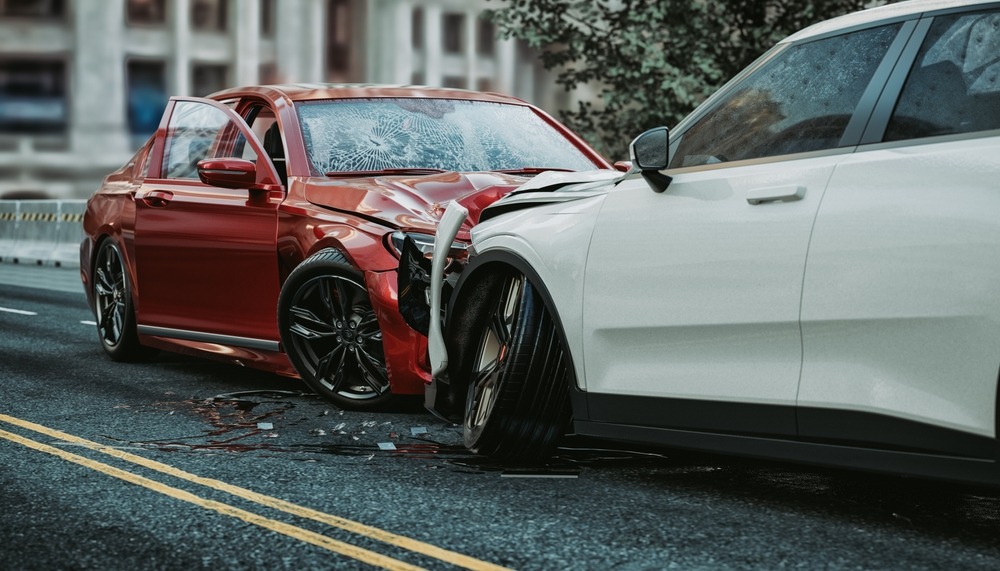![]() Contact Us (866) 499-8989
Contact Us (866) 499-8989
What Is Full Coverage in Arizona?
- The Minimum - Liability Insurance
- Comprehensive and Collision Coverage
- Additional Coverage Options
- Read Your Policy
- Do I Need Full Coverage?
- Speak With Your Agent
- Home
- FAQs
- Car Accidents
- What Is Full Coverage in Arizona?
All drivers in Arizona are required to carry liability insurance at a minimum, but there are other insurance options that cover more events. Sometimes, a complete package of car insurance is called “full coverage,” but what does that mean in Arizona? Here’s the word from our lawyers.
Full coverage is a shorthand for a combination of liability, collision, and comprehensive insurance. However, each insurance company will have its own version of these policies. They may also have other coverage options that go beyond this definition, like towing services.
The Minimum – Liability Insurance
According to the Arizona government, you need to have liability coverage or some other proof of financial responsibility to operate a vehicle. Liability coverage pays for the damage you’re responsible for causing in an accident. The minimum limits are:
- $25,000 for one person sustaining bodily injury or death in an accident
- $50,000 for two or more persons sustaining bodily injury or death in an accident
- $15,000 for damage to others’ property
Arizona also requires uninsured and underinsured motorist coverage, known as UM/UIM in shorthand. This covers the costs of your injuries if the other driver is uninsured or doesn’t have enough insurance. The minimum limits are the same as the liability coverage.
You can purchase higher limits than these, but liability coverage only covers the costs of the other driver. The amount of coverage the other driver has will limit your own payout. There are ways to get more money from your own insurer after an accident, though, if you buy the right coverage.
For a free legal consultation, call (866) 499-8989
Comprehensive and Collision Coverage
Comprehensive and collision coverage are usually purchased together. These policies cover the costs of damage to your vehicle. They do not give you more money for injuries, but they will help you get another vehicle quickly or get the money to pay for emergency repairs. Like health insurance, you may need to pay a deductible first.
Collision coverage pays money to repair or replace your car after an accident regardless of fault. If you hit a tree while driving because you lost control, or another driver hit you because they ran a light, collision coverage will handle it.
Comprehensive coverage pays for damage to your car in non-accident scenarios. If a tree suddenly fell on your car, you had hail damage, or someone vandalized your car, comprehensive coverage handles those claims.
Additional Coverage Options
The combination of liability, UI/UIM, collision, and comprehensive is full coverage in Arizona. However, there are additional coverage options you can purchase to cover other scenarios:
- Gap insurance pays off the rest of your loan or lease on a wrecked vehicle if you owe more than the car is worth or if it gets stolen
- Your insurance could get extended to car rentals if you have full coverage insurance, though you will need to speak with your insurer about what your policy provides
- Towing and roadside assistance are common additions to full coverage policies and could replace the cost of a AAA membership
- OEM endorsement is a rider you can add to your policy that allows you to request original equipment manufacturer parts coverage when you get a repair
- Your insurer may have options for glass coverage to help with high deductibles
Click to contact our personal injury lawyers today
Read Your Policy
One of the worst things to hear after an accident is your insurer rejecting your claim because you didn’t purchase that kind of coverage. Make a point of reading over your car insurance policy each year to make sure you have all the coverage types and coverage amounts you need.
This also goes for your health coverage. Auto liability insurance pays for some injuries, but you may have to turn to your own health insurance to cover the balance. A car accident lawyer can give you advice on how much auto and health coverage you need to carry to cover most accidents.
Complete a Free Case Evaluation form now
Do I Need Full Coverage?
Arizona automatically adds UI/UIM coverage to the minimum liability policy, which is the most crucial add-on that we recommend. Your auto lender may also require you to carry a collision and comprehensive policy as part of your financial agreement.
If you have enough money saved up to cover the cost of repairing or replacing your vehicle, full coverage isn’t necessary. You could get a high deductible policy for peace of mind. However, consider that those savings may disappear quickly if you need to use them to pay for medical bills.
If you don’t have a lot of money saved up and you need a vehicle to get around, adding comprehensive and collision coverage is the best way to get another vehicle quickly after your accident. You may have to pay your insurer more. But if a car is required for you to keep your job, it’s worth the cost.
Speak With Your Agent
The best source of information for what full coverage policies you can get in Arizona is your insurance agent. They can explain all the possible coverage options and discounts you could be eligible for and their prices.
Call or text (866) 499-8989 or complete a
Free Case Evaluation form
 Why Bruce Jenner’s Accident is a Lesson for ALL Drivers Out There
Why Bruce Jenner’s Accident is a Lesson for ALL Drivers Out There
Every media outlet has a scope on the recent and fatal Bruce Jenner car crash. Many accounts have recalled the incident in varying detail but none look promising for any party involved including the
 Phoenix Light Rail Crash
Phoenix Light Rail Crash
A very major and scary crash recently closed down a major Central and Indian School Road intersection. Although the crash has long been cleared since Saturday, the collision between a
 Tracy Morgan Lawsuit Finally Settles
Tracy Morgan Lawsuit Finally Settles
Many fans of the famous (now ended) sitcom, 30 Rock, anxiously followed the news after beloved actor and comedian Tracy Morgan was involved in a trucking accident. A Walmart tractor-trailer
 And Then It Happens To You… A Car Accident.
And Then It Happens To You… A Car Accident.
An accident victim who was injured in a car accident in Tucson, Arizona describes her experience in this guest post. You hear about them all the time. You have even witnessed some right in
Wrongful Death Blog Posts:
Receive a Free, No-Obligation, Case Evaluation Now



